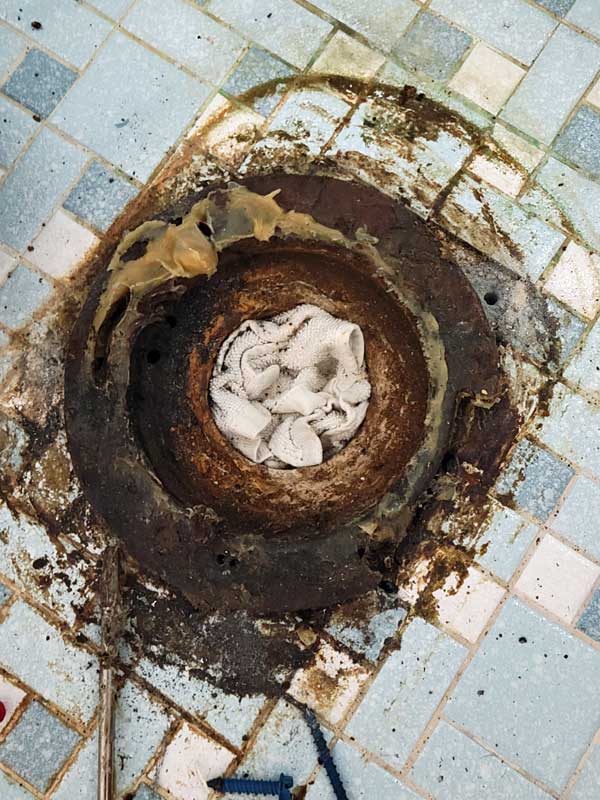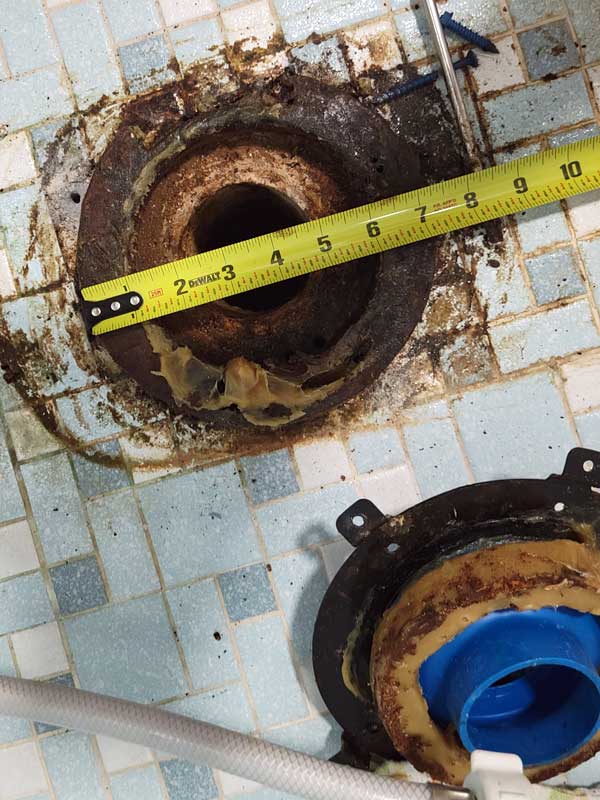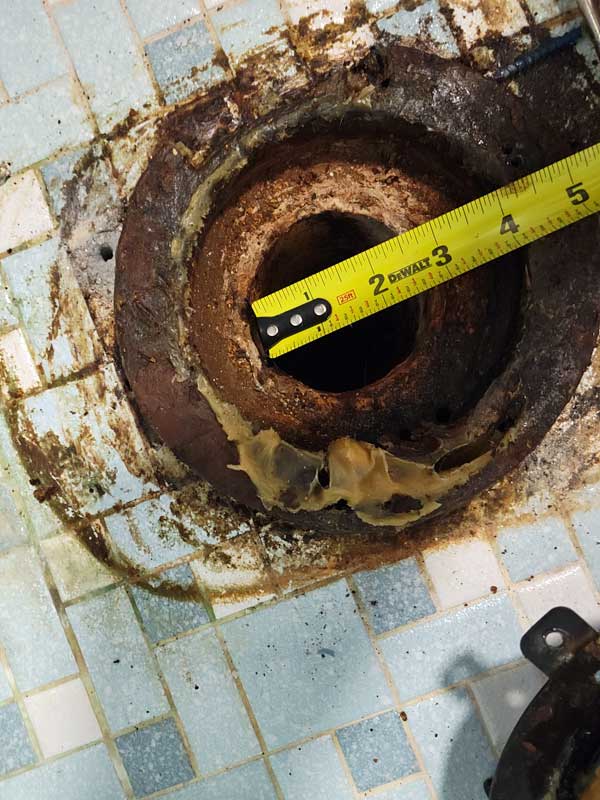New2plumb
New Member
Hello All,
So, I'm doing some remodeling on our bathroom and next step was replacing the toilet. I removed the toilet and found the flange(I believe is cast iron) had one side where the bolt attaches to the flange had broken off. It seems like a lot of space between the flange and the actual pipe, and the pipe opening is ~2.5", so really wasn't sure how/if I could removed the old one. I showed it to the plumber at Home Depot and he said he hadn't see anything like it. I was trying to use the danco HydroSeat Toilet Flange Repair, but it didn't fit flat around the old flange. i could bend up two of the places used to bolt to the floor and try to use the holes on the actual ring to attach to the old flange, but wanted to see what others would do and not sure that would screw into the old cast iron flange? This is a link to the pictures of the flange with the old toilet removed. And of course to make matters worse, its on top of tile.
 drive.google.com
Any help/suggestions would be greatly appreciated.
drive.google.com
Any help/suggestions would be greatly appreciated.
Gene



So, I'm doing some remodeling on our bathroom and next step was replacing the toilet. I removed the toilet and found the flange(I believe is cast iron) had one side where the bolt attaches to the flange had broken off. It seems like a lot of space between the flange and the actual pipe, and the pipe opening is ~2.5", so really wasn't sure how/if I could removed the old one. I showed it to the plumber at Home Depot and he said he hadn't see anything like it. I was trying to use the danco HydroSeat Toilet Flange Repair, but it didn't fit flat around the old flange. i could bend up two of the places used to bolt to the floor and try to use the holes on the actual ring to attach to the old flange, but wanted to see what others would do and not sure that would screw into the old cast iron flange? This is a link to the pictures of the flange with the old toilet removed. And of course to make matters worse, its on top of tile.
toiletflange - Google Drive
 drive.google.com
drive.google.com
Gene




